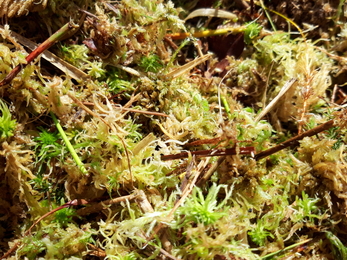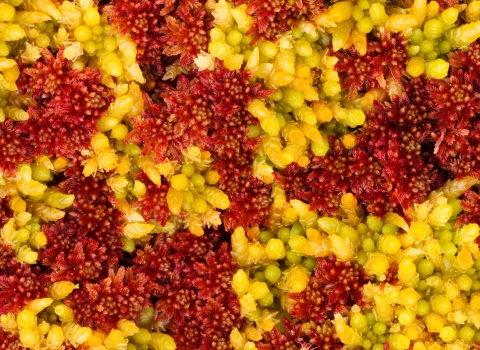We are very pleased to have welcomed a special delivery of sphagnum moss. It has come all the way from Moorkultur Ramsloh in Lower Saxony (Germany) to our wet-farming trial plots. With the generous help and support of Buffaload, two big crates of harvested moss made the journey across Europe and through the Channel Tunnel to the UK, for the first time.
Its arrival is the beginning of the next phase of crop testing. At our high water table growing beds, we are exploring ways to up-scale moss growing for use on larger areas. This will be used in the expansion of our paludiculture trials, now all part of Peatland Progress.









